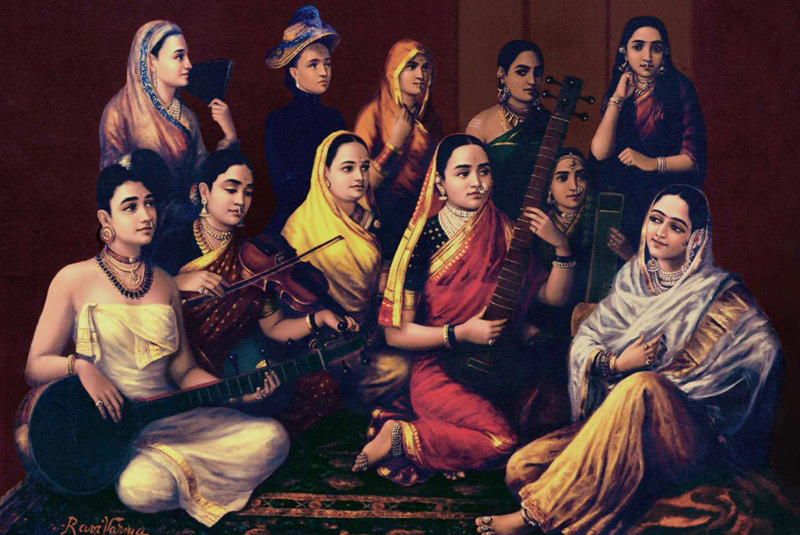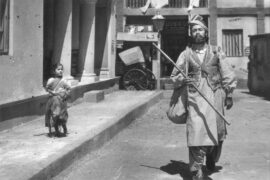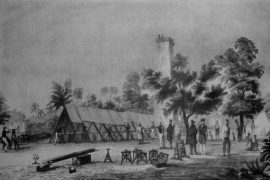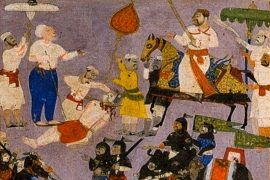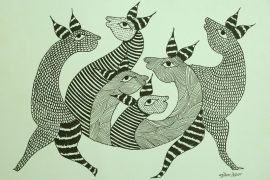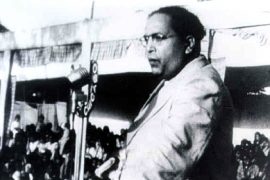There are two moments that changed the look of Indian art under colonial rule. The first was the voyage of Thomas and William Daniell along the Ganges in 1788. The second was the Siege of Seringapatnam in 1799.
The Daniell brothers were travellers and artists who kept a visual diary of what they saw. They came to India, following the footsteps of William Hodges, a British painter who had the patronage of Warren Hastings. Hodge’s ‘Select Views in India‘ was a landmark artistic interpretation of India, hard-selling the ‘romantic’ style and view of India. But Hodge had few takers thanks to his association with Hastings – then a Governor under public scrutiny. The Daniells were nonetheless impressed by his style and replicated it to commercial success.
India was a pit stop from their longer voyages in China. But they explored the subcontinent from Calcutta to Madras, documenting what they saw using the latest photographic technology – the Camera Obscura. Put simply, it was a closed box that displayed an image on a screen you could trace over, allowing artists to create photogenic paintings. The realistic and romantic image of India that they produced became the basis for later European (and Indian) depictions of the subcontinent.
It was in the period that the East India Company was entering into an ethnography of India and its people. They documented places, people and customs – often isolating them against a white background. It was a form of archiving – but also one of narrative building. When an invading empire defeats a great ruler, they must create a monument to their success. By defeating Tipu Sultan, the Company had effectively won South India, and they used art to tell the tale.
Copyright©Madras Courier, All Rights Reserved. You may share using our article tools. Please don't cut articles from madrascourier.com and redistribute by email, post to the web, mobile phone or social media.Please send in your feed back and comments to [email protected]

